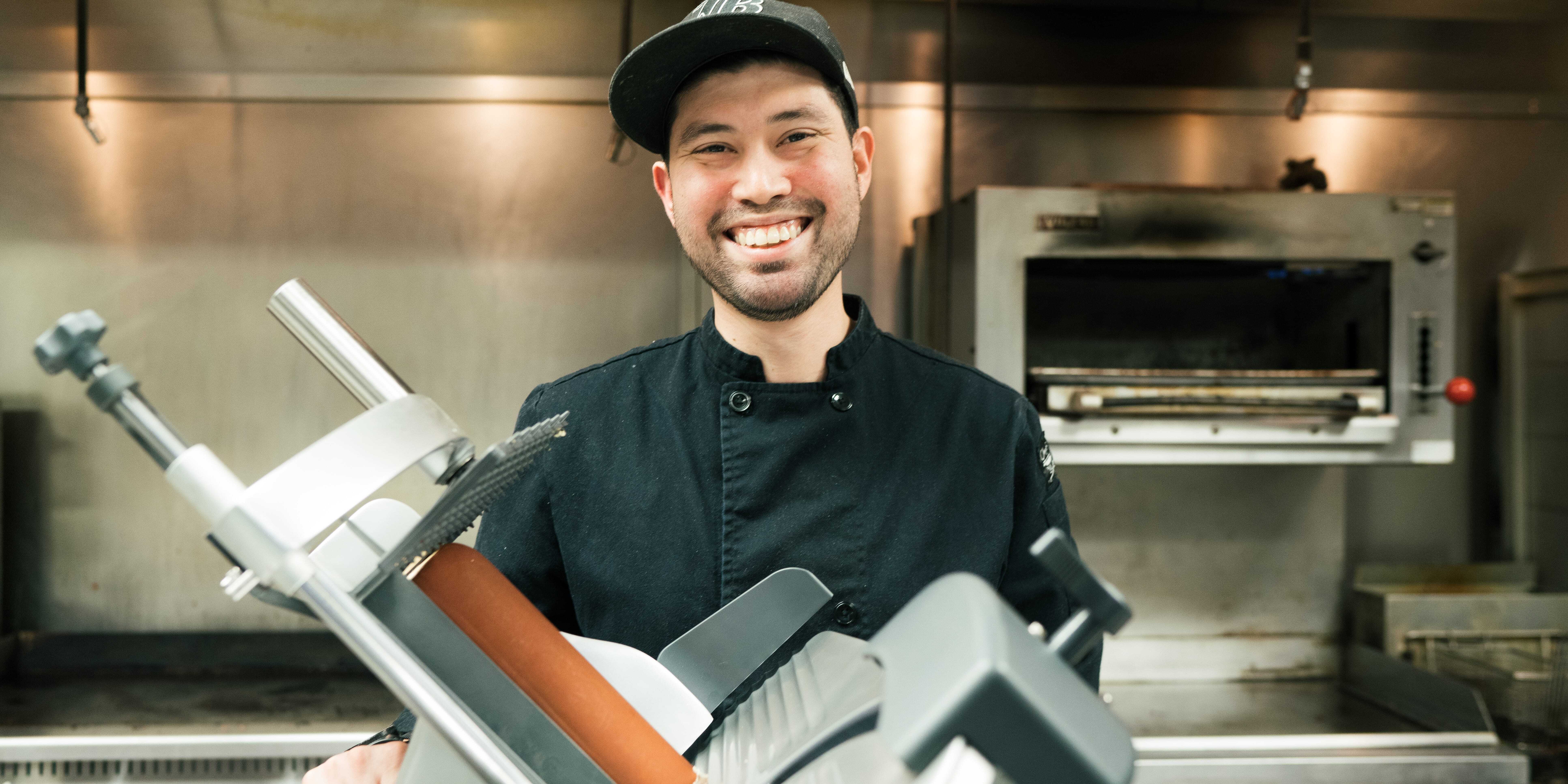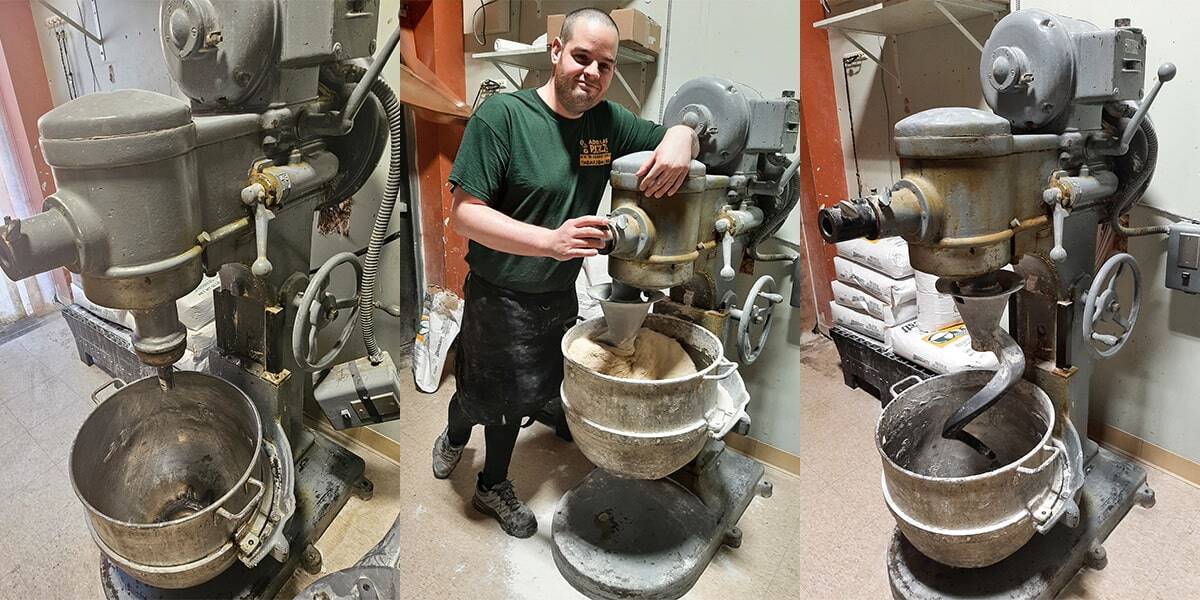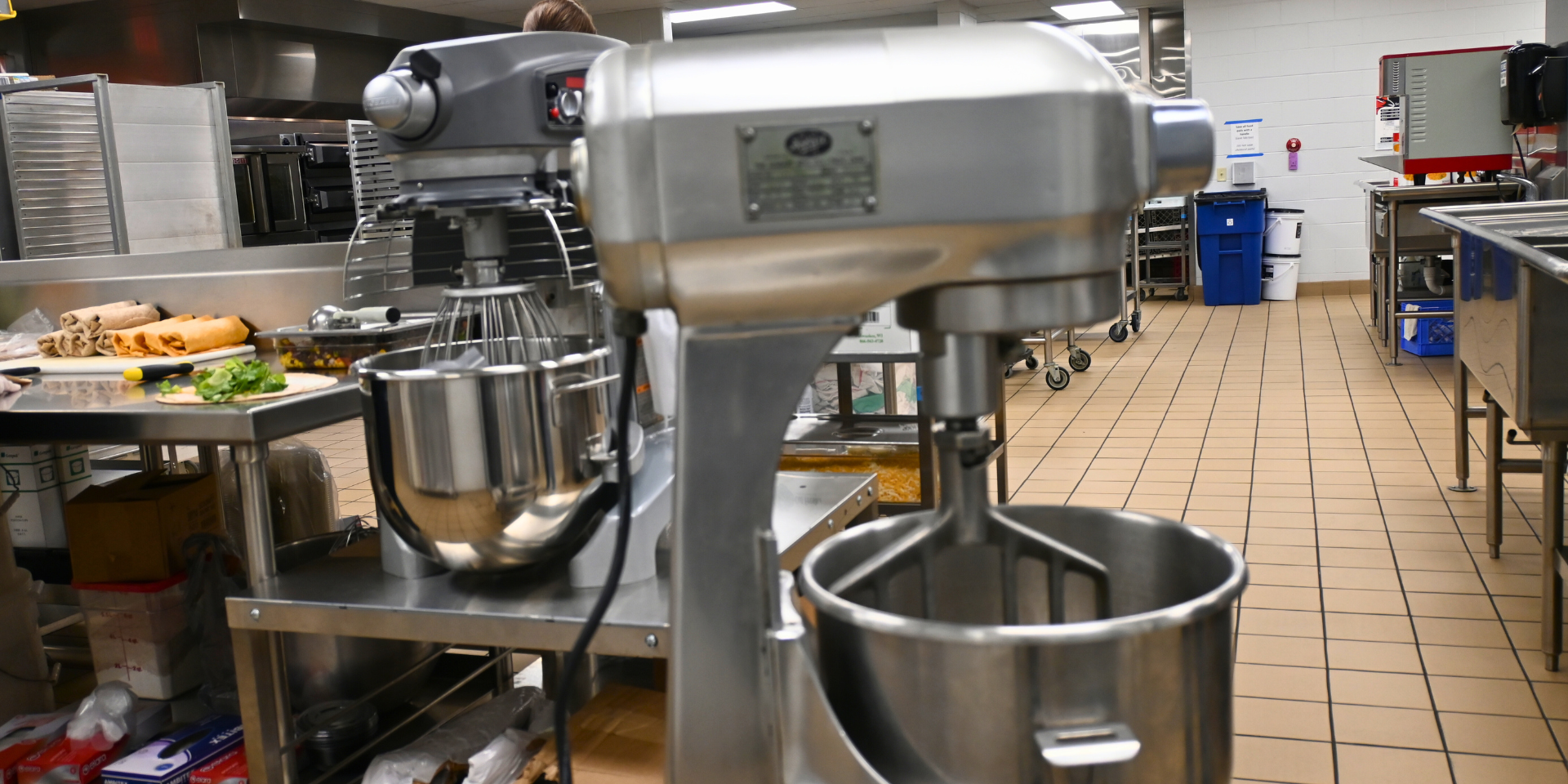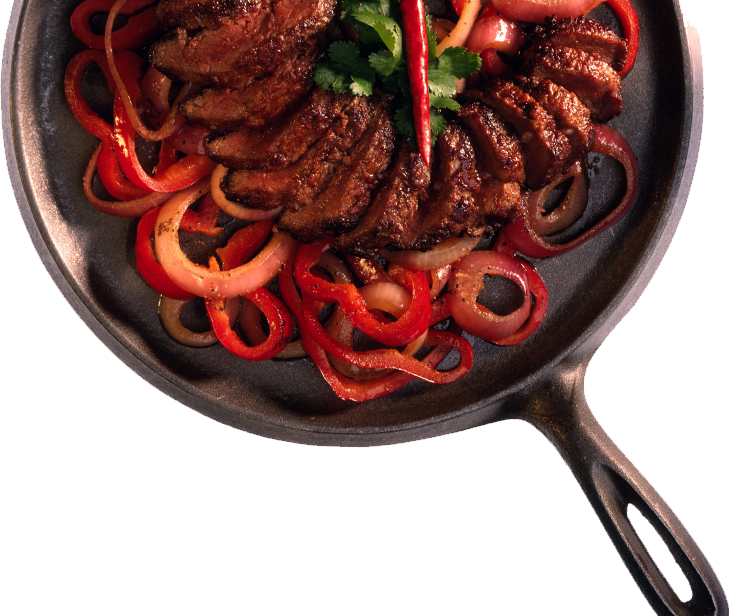Mixers can be an invaluable piece of equipment for a kitchen — whether you’re operating a restaurant, pizzeria or bakery. A planetary mixer, in particular, offers the versatility to mix dough, cake batter, mashed potatoes, meatball mixture and more.
Like any piece of equipment, mixers are an investment. Replacing an existing one is not a decision to be taken lightly. In fact, there are typically only a few instances for a new purchase:
- Expanding operations
- Implementing a new menu item that drives mixer change
- New technology that solves pain points in the kitchen
- Mixer failure due to age
Another frequent reason for a new mixer purchase is ongoing service and repairs, which can add up over the life of a mixer. Common replacements include belts, gears, transmission grease and motors.
While Hobart has long been known to have high-quality, reliable mixers that are notably long lasting, service and repairs are a reality for any piece of kitchen equipment. At a certain point, it makes financial sense to replace rather than repair.
Hobart “Classic” mixers are no exception. These mixers have been considered a workhorse in kitchens across the globe; however, they have been out of production since 2007. As these mixers continue to age, there are logistical and performance challenges that owners and operators will face — not to mention increased costs for repairs. The best step toward saving time and money and gaining consistent, quality results is an upgrade to new Hobart® Legacy+® maximum heavy-duty countertop or floor mixer.
The cost of Hobart Classic
Hobart Classic mixers reflect the Hobart commitment to quality, and the design and manufacturing the most reliable mixers, which is why so many are in still service. The average age of a Classic commercial mixer is 24 years.
With that longevity comes obstacles. Parts for the Classic mixers are increasingly more difficult to obtain, and repairs add up.
Consider this service and repair breakdown:
| Average cost of service call (includes trip charge, labor/hours to repair, parts) | $2,500 |
| Cost of downtime to shuffle responsibility/time | $1,000 |
| Mixing by hand for two hours/day ($40), 6 days/week for 4 weeks | $864 |
| Total | $4,364 |
Based on Hobart service data, there is a 22% chance that a repair will happen again within three years for these older machines, which adds up to approximately 1/3 of the cost of a new Legacy+ mixer. Over a five-year period, that cost may come close to 1/2 or more of a new machine, for example a Hobart® Legacy+® HL600-1STD 60-quart mixer.
In this scenario, it makes financial sense and production sense to make the investment. Downtime for a broken mixer leads to lower output.
Adding to that, Classic mixers and Hobart mixers built before 2007 cannot be serviced by Hobart unless they have had the bowl guard retrofit kit added, which is a costly investment. It is even more expensive to operate without one, as it could result in injury, workmen’s compensation claims and employee time off.
There are also performance factors to consider. Overtime, gear or belt wear can lower the Classic mixers RPMs. This wear happens slowly, so the loss in speed and overall performance may not be noticeable for some time. However, slower speeds affect mix time and results changes in food output that need to be corrected. This can lead to costly waste of product, increase labor costs for mixing new batches and potentially, cause customer dissatisfaction (or even loss of return customers) if the end product varies in consistency.
Upgrading to a new Legacy+ mixer mitigates these issues. It eliminates those subtle changes in mixing speeds, along with the need to make mixing time adjustments. The consistent performance improves food quality and a new machine minimizes the need for costly repairs.
Gaining benefits from an upgrade
The Legacy+ mixers are built with the same commitment to quality and dependability that owners and operators have come to expect from Hobart. They are available in countertop or floor models, with 20-, 60- and 140-quart mixers among the most popular, and offer benefits over aging Classic mixers.
One of the biggest benefits is power, which is behind the Legacy+ industrial mixers’ performance and allows for continuous mixing throughout the day. There is no need to pause between batches to let the mixer rest, so operators can gain higher output and better productivity.
At the heart of that power is the PLUS System, which includes VFDadvantage. This technology drives more power into the bowl and provides precise motor control — and it can mix up to 30% more in the same size bowl (depending on the application) compared to a Classic mixer. That’s an advantage for growing restaurants and bakeries and K-12 kitchens feeding many students. Through the VFDadvantage technology, Legacy+ mixers monitor the motor and RPM speed to ensure that the equipment is operating at peak performance. It allows the mixers to mix even heavy dough and develop gluten as intended.
While mixers are not energy regulated, due to the VFDadvantage technology, the Legacy+ models are more efficient to operate compared to a Hobart Classic mixer. They use less energy overall to mix and incorporate ingredients. They can also be wired to single- and three-phase electricity, allowing them to be easily installed in older buildings with only single-phase power.
As part of the PLUS system, Legacy+ mixers also include maximum overheat protection and a reinforced planetary shaft system that contribute to production by allowing the mixers to handle heavy jobs and also drive additional power to the bowl.
Legacy+ mixers also offer many other benefits that make them the ideal upgrade from a Classic mixer.
- Quick-Release™ agitators: Due to this feature, the bowl-to-agitator ratio remains the same, which ensures a better mix and ingredient incorporation. This is especially beneficial for developing gluten when making dough.
- Swing-out bowl: Operators can easily remove the bowl and using a bowl truck, move it to a bench or tub with minimal effort. This helps minimize physical fatigue.
- Electronic bowl lift: With a touch of a button, operators can move the bowl on the 60-, 80- and 140-quart models into position, again minimizing fatigue.
- Triple Interlock System: Operators can have peace of mind knowing that the mixer will not operate unless the bowl is fully in position and locked with the bowl guard secured.
- SmartTimer™: This feature recalls time and speed of mixing, making it helpful for mixing repeated batches. It counts time up and down, aiding in creating new recipes.
- Shift-on-the-Fly™: Operators don’t have to worry about accidentally damaging the motor when shifting gears. They can change speeds while the mixer is running. The feature improves productivity by eliminating starts and stops.
- Stir speed: Along with three to four mixing speeds (depending on the model), this feature mixes ingredients slowly to thoroughly incorporate ingredients.
- Soft start: This technology delivers electricity to the mixer slowly until it reaches the desired speed. Along with reducing ingredient splash-out, it also protects the motor.
- FastStop: A standard feature on Legacy+ HL800 and HL1400 80- and 140-quart mixers, this technology driven by VFDadvantage completely stops the mixer’s moving parts in less than three seconds. This feature is soon to be added to the HL600 60-quart mixers.
Ready to gain performance improvements and cost savings with an upgrade to a new Legacy+ mixer? Get started below.
About the Author
.jpg?width=67&height=67&name=Bilger%20Carolyn%201%201x1-2_%20(002).jpg) Carolyn Bilger is the marketing director for Hobart – Food Preparation Products. She has been with Hobart since 2015 and sets the strategy for marketing and new product development for the full line of Hobart food preparation equipment. See all her blogs here.
Carolyn Bilger is the marketing director for Hobart – Food Preparation Products. She has been with Hobart since 2015 and sets the strategy for marketing and new product development for the full line of Hobart food preparation equipment. See all her blogs here.


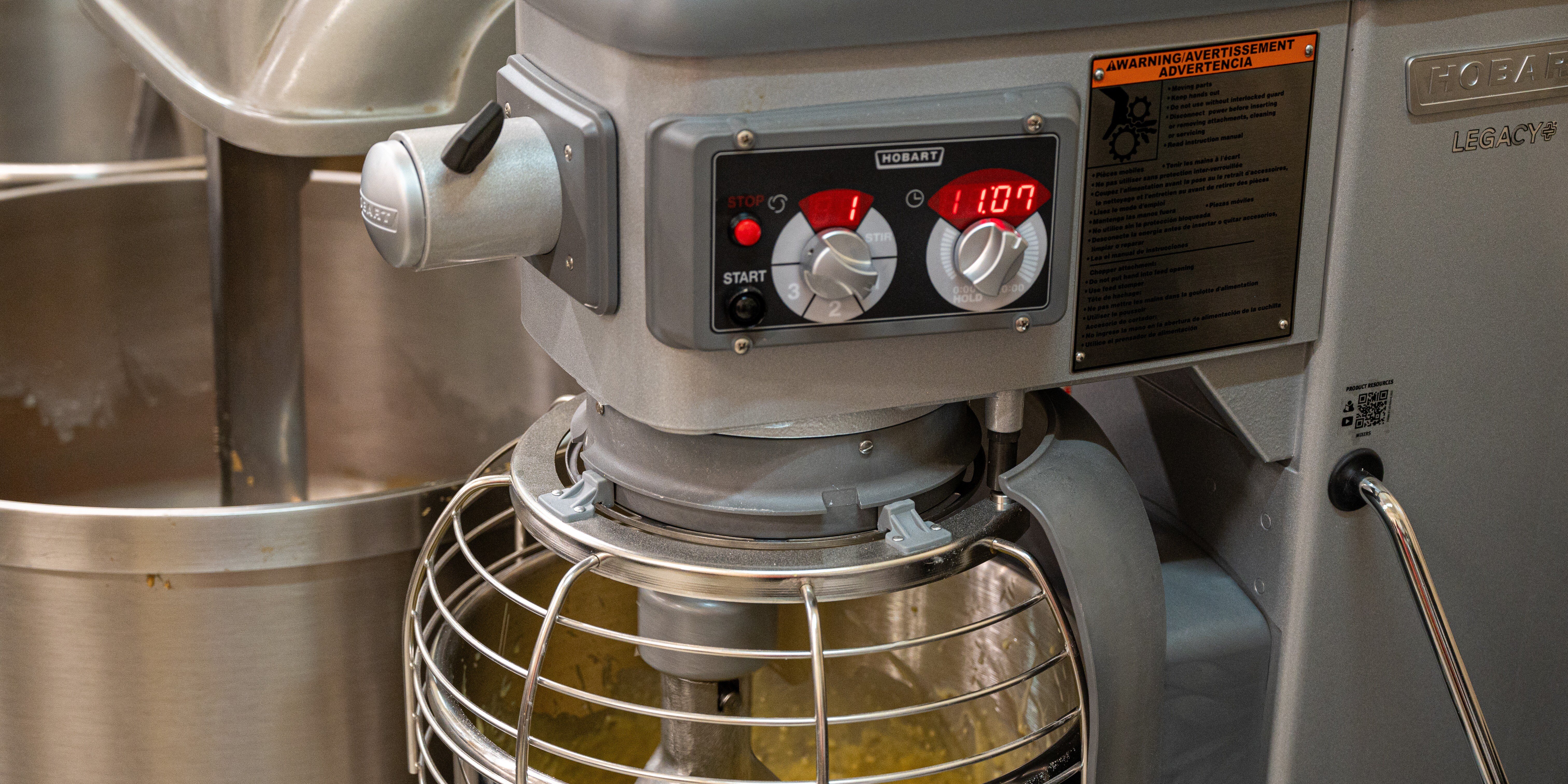

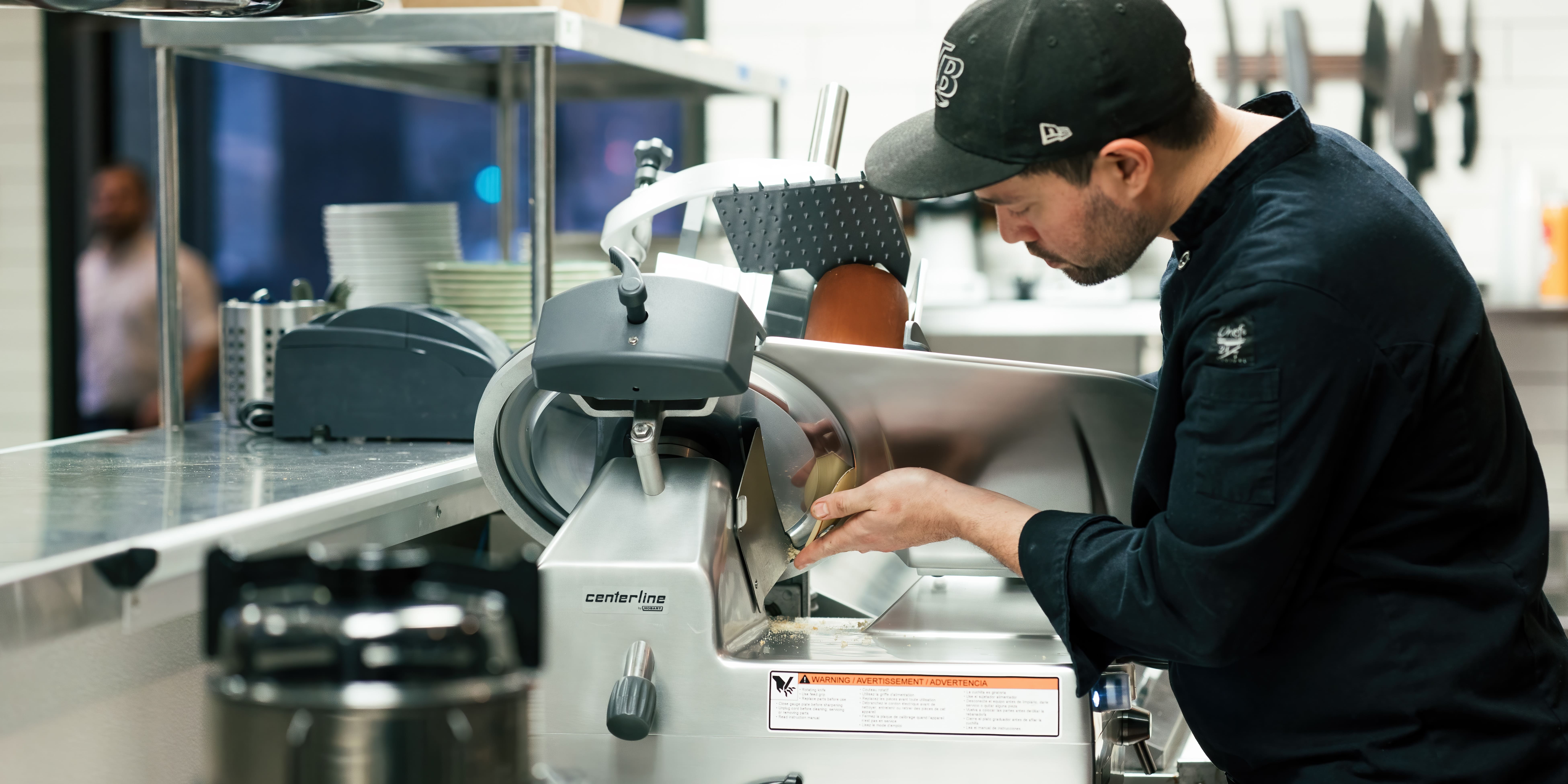
-min.jpg)
